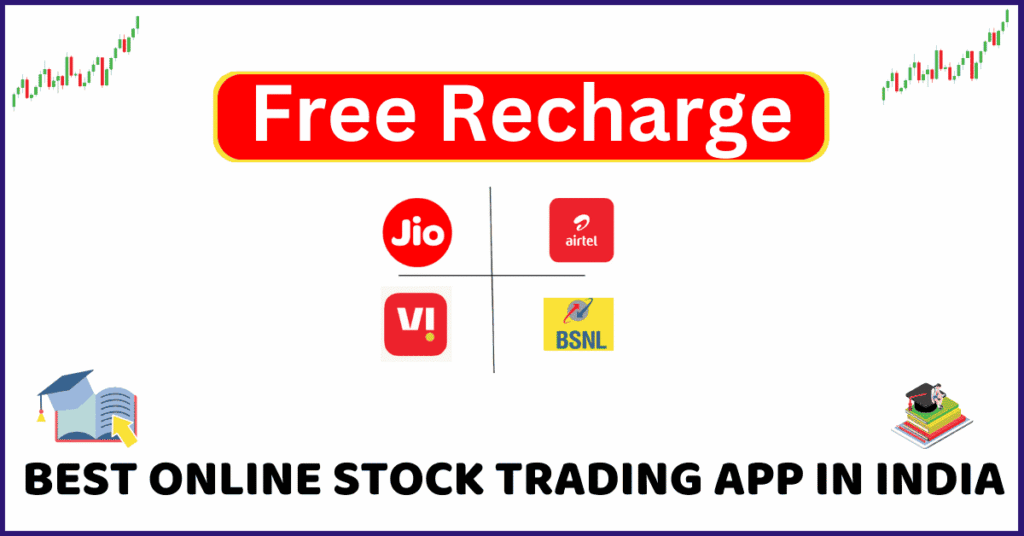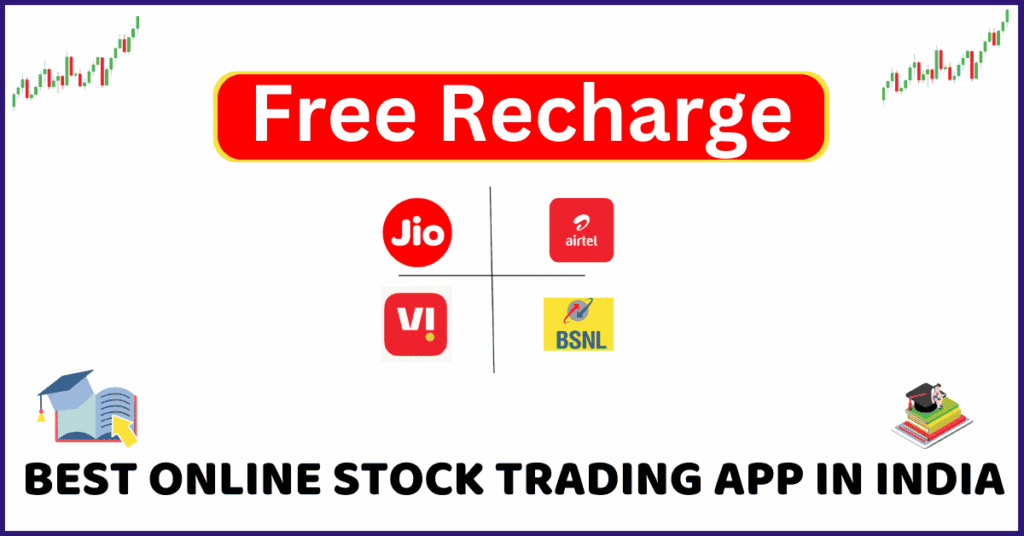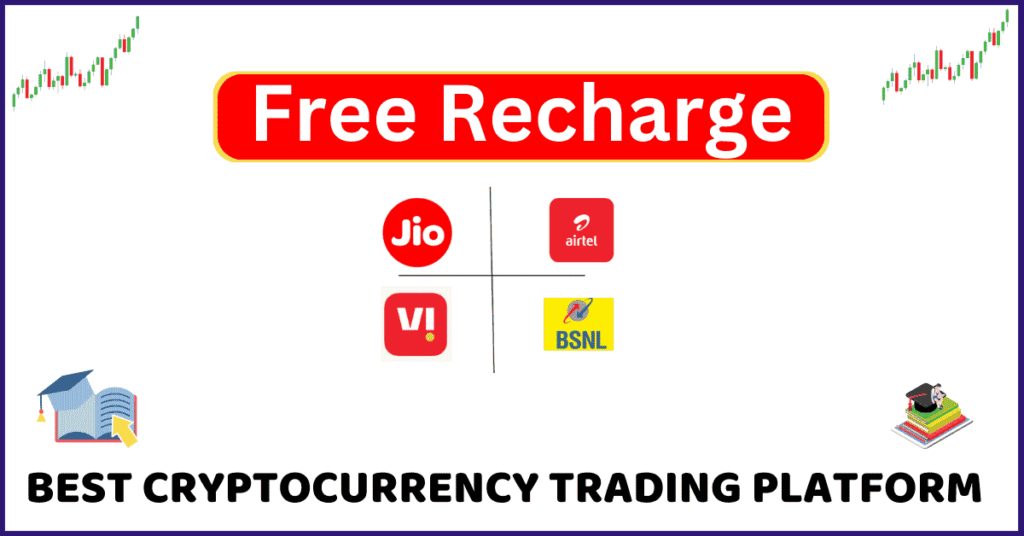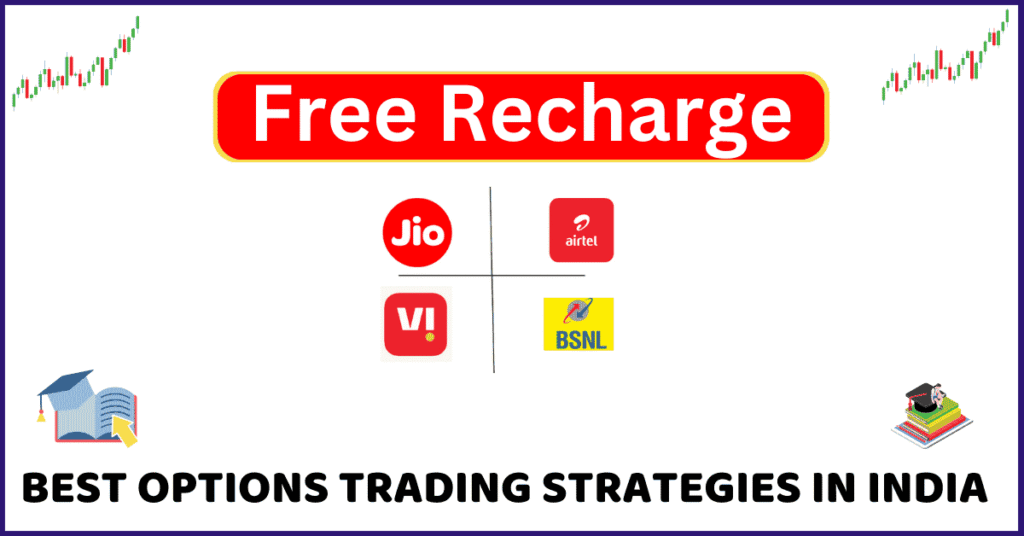Solana’s DeFi ecosystem has grown fast thanks to its high throughput, low fees, and tools for developers. A lot of its strength comes from a mix of these categories:
- DEXs (Decentralized Exchanges) / Aggregators — swapping, trading, routing liquidity
- Lending & Borrowing Protocols — getting interest, collateralized debt, credit
- Liquid Staking — stake SOL but keep liquidity
- Yield / Liquidity Management & Farming — optimizing returns, managing concentrated liquidity, etc.
- Cross-Chain Bridges & Interoperability Tools
Related Posts:
Below are the standout projects and why they matter.
Key Solana DeFi Projects & What They Do
Here are some of the major DeFi projects on Solana, what they offer, and how they fit together.
| Project | Category | What Makes It Important / Unique | Things to Watch Out For |
|---|---|---|---|
| Jupiter | DEX Aggregator | It’s sort of the “master router” for token swaps on Solana. It finds the best paths/prices across many liquidity sources. Helps reduce slippage and improves efficiency of swaps. Solana+2Phemex+2 | As usage increases, performance (latency, UI) and fees/slippage in extreme conditions can worsen. Also, fewer liquidity sources or thin pools for some token pairs can affect quote quality. |
| Raydium | DEX / AMM | Popular AMM / liquidity provider, good for general token swaps and liquidity provision. Helps bootstrap newer tokens because of its user base. Tangem+2Alchemy+2 | Impermanent loss risk, for newer token pairs high price volatility. Also interface/UX sometimes less polished than aggregator + big apps. |
| Kamino Finance | Yield / Liquidity Management / Automated Concentrated Liquidity | It helps liquidity providers manage concentrated liquidity strategies — automatically rebalancing, optimizing where to put liquidity so yield is better. It also absorbs staking derivatives in its strategies. Phemex+2Alchemy+2 | Complex strategies mean risk — code risk, smart contract risk. Users need to understand how concentrated liquidity works and what happens in volatile price swings. |
| Marinade Finance | Liquid Staking | Lets users stake SOL and get back a liquid token (mSOL) that can still be used in DeFi apps. This keeps liquidity in the system rather than locking up completely. Solana+2Alchemy+2 | Staking always involves risk (validator slashing, etc.). Liquid tokens’ value sometimes lags due to staking reward accrual delays. Also, smart contract risk. |
| Jito | Liquid Staking / Yield Boosts / Validator Performance | Similar to Marinade in giving users a liquid staking derivative, but with emphasis also on optimizing validator performance, MEV / block-space optimization so rewards may be higher. Phemex | Complexity — more moving parts. Rewards may fluctuate. Also, need to check how they manage risks related to centralization, validator misbehavior, etc. |
| Solend | Lending / Borrowing | One of the leading protocols for lending & borrowing on Solana; allows people to deposit assets and lend or borrow against collateral. Useful for leverage, yield, etc. Alchemy+1 | Risk of liquidation, smart contract bugs, interest rate volatility. Demand / supply imbalances can lead to high borrowing costs. |
| Port Finance | Lending / Flash Loans / Variable Interest | Offers variable interest, cross-collateral, and more advanced lending features. Flash loan possibilities (if available) give opportunities but also risk. Alchemy | Flash loans bring risks of protocol exploits. Also complex mechanics might be harder for new users. |
| Jet Protocol | Lending / Borrowing | Another lending platform; good when users want efficient borrowing & lending options. Adds more competition. Alchemy | |
| Tulip Protocol | Yield Aggregator / Farming | Helps users put together yield strategies, aggregate farms, etc. Good for users who want “set‑and‑watch” returns. Alchemy | |
| Saber | Stable / Pegged Asset Swaps | Specializes in swapping stablecoins or pegged assets with minimal slippage. Useful for people who want less volatility risk. Alchemy | |
| Allbridge | Cross‑Chain Bridges / Interoperability | Connects Solana to other chains, enabling assets to move between ecosystems. Vital for interoperability. Solana |
Why These Projects Matter: The Building Blocks of Solana DeFi
Here’s what these kinds of projects combine to give the Solana ecosystem:
- Liquidity & Capital Efficiency
Aggregators (like Jupiter), DEXs + AMMs, and liquidity‑management tools make swapping and trading smoother and cheaper. More liquidity means less slippage, faster trades. - Yield Opportunities Without Sacrificing Liquidity
Liquid staking (Marinade, Jito, etc.) means you can stake SOL (getting rewards) and still use your tokens in other DeFi activities. So your capital stays more “active.” - Risk Management & Better UX
Having multiple lending/borrowing platforms gives users choices (interest rates, collateral options, liquidation thresholds). Yield aggregators and tools that automate strategy help reduce manual overhead and help users optimize returns. - Interoperability
Bridges and cross-chain tools allow assets and liquidity to flow between chains. That’s important if someone wants to tap into DeFi on other chains (Ethereum, etc.) but also use Solana’s advantages. - Network Effects & Modular Composability
Many of these tools build on each other. E.g., the liquid staking derivative from Marinade or Jito can be used as collateral in lending, or put into liquidity pools, or used in yield strategies. That composability means value compounds.
Challenges, Risks & What to Watch
No ecosystem is perfect. Here are the things to keep in mind / watch out for in Solana DeFi:
- Smart Contract Bugs & Exploits: Complex DeFi tools amplify risk. Vulnerabilities in any of these layers (staking derivative contracts, liquidity pools, yield strategies) can lead to losses.
- Centralization Risks: Some liquid staking or validator‑related tools may concentrate power or rely on a few validators. If too much staking is controlled by few parties, that reduces decentralization.
- Liquidity Fragmentation / Slippage: For some smaller or newer tokens, liquidity can be thin. That means swaps might be expensive, or worst case trades fail.
- Regulatory Risk: DeFi remains under scrutiny from regulators in many countries. Projects that are cross‑chain, or involve synthetic assets, or complex derivatives may draw more attention.
- TVL & Incentive Sustainability: High yields or rewards often depend on token incentives. If those incentives decline, yields drop. Projects need sustainable revenue / fee models.
- Network Outages / Performance Issues: Solana has had outages historically; performance glitches could impact DeFi apps. Also, congestion during highly active periods (e.g. token launches) still causes issues.
How to Participate Safely / Tips for Users
If you want to get involved in Solana DeFi (trading, yielding, staking, etc.), here are some practical tips:
- Start small & test – Use smaller amounts first, especially with newer or less known protocols. See how wallet connection, staking, etc. works.
- Use well‑audited, trusted protocols – Look for audits, reputation, how long a project has been running, how big its TVL is, how many users.
- Diversify risk – Don’t put all assets into one protocol. Spread across stablecoin pools, staking, etc.
- Keep up with updates – DeFi tools evolve fast. Constantly changes in smart contract upgrades, governance decisions, etc.
- Monitor fees/transaction costs – Even though Solana is cheap, doing many small transactions, or using certain bridging tools, can add up.
- Understand the tokens you are using – For example, liquid staking derivatives (like mSOL or whatever) have their own rules for rewards, redemption, etc.
Looking Ahead: Trends & What’s Next
Here are some directions the Solana DeFi space seems to be moving towards:
- More derivative & options platforms, refining tools for margin, perps, options. (Some already exist or emerging.)
- More advanced liquidity management (concentrated liquidity, dynamic strategies).
- Better integrations across chains, so you can move value more easily between Solana and others.
- Tools focused on safety, risk detection (fraud, rug pulls, etc.).
- Simplification of UX so that DeFi is accessible even for non‑techy users.
- More retail usage of liquid staking derivatives and yield optimization without too much complexity.
Final Thoughts
The Solana DeFi ecosystem is vibrant, growing, and full of innovation. Projects like Jupiter, Marinade, Kamino, Raydium, Jito, Solend, Port Finance, etc., form a solid backbone of exchanges, staking, lending, and yield tools. But with opportunity comes risk — it’s not plug‑and‑play for everyone. If you approach carefully, do your homework, and use good risk practices, there are exciting possibilities.
If you want, I can map out some emerging Solana DeFi projects to watch for the n



